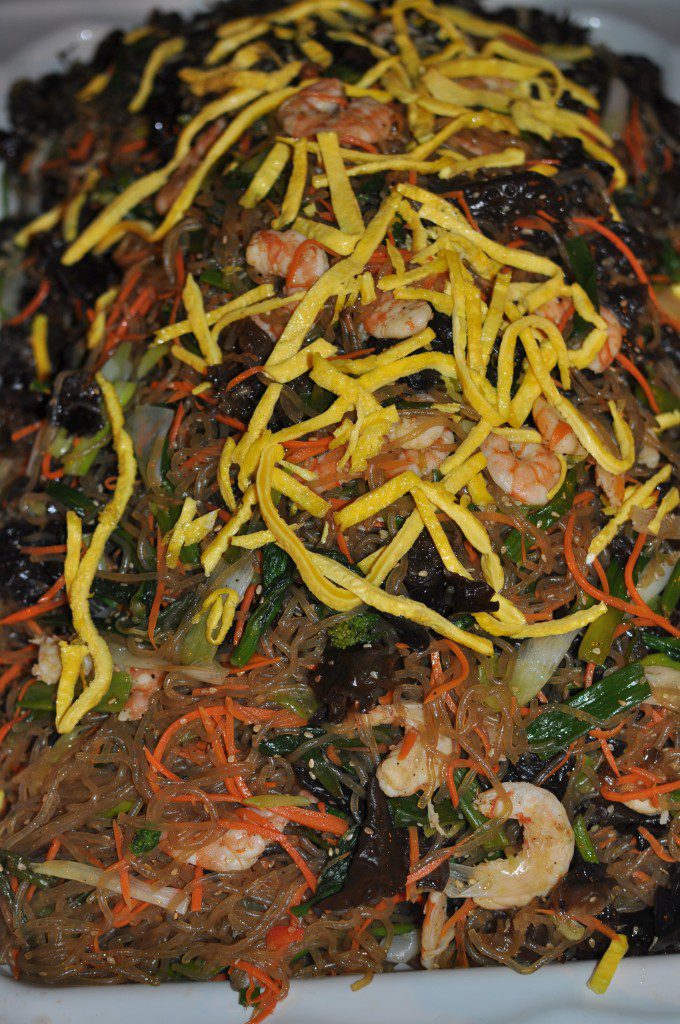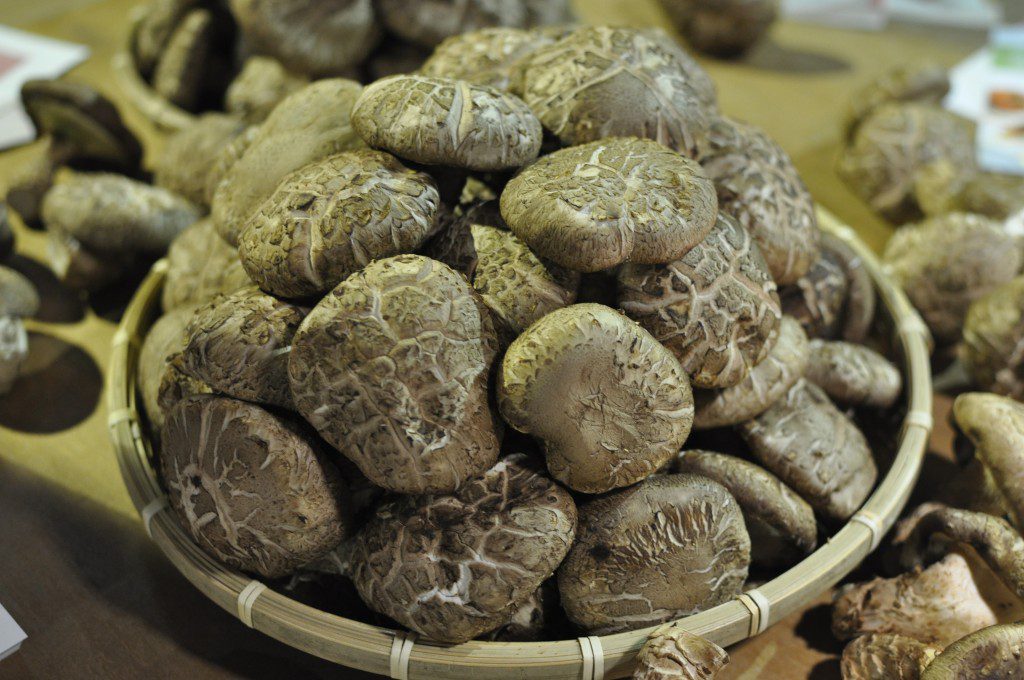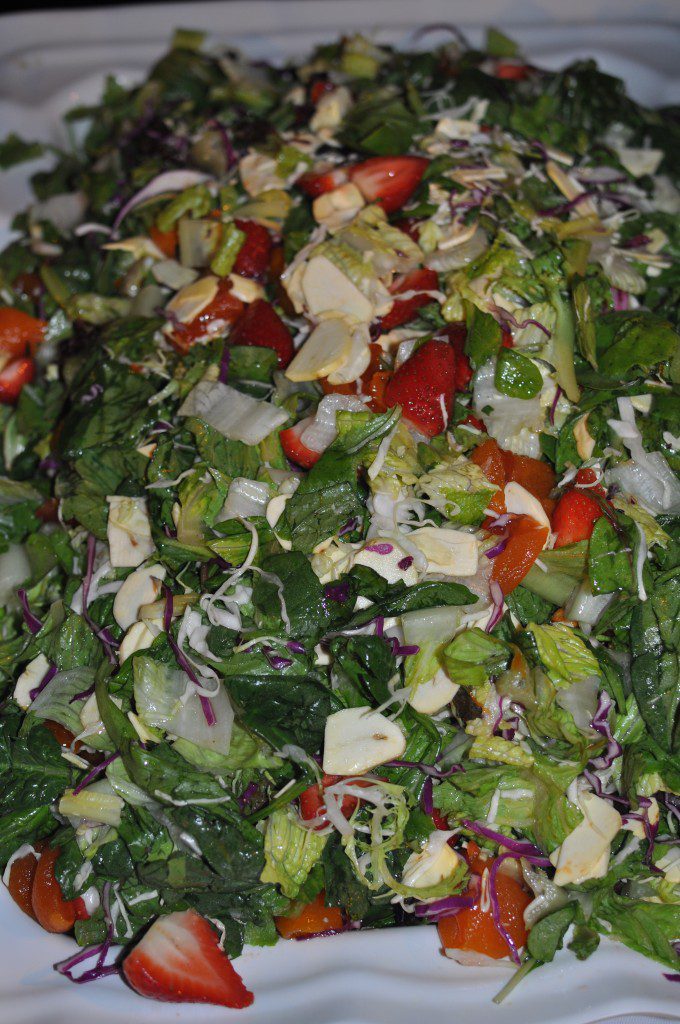12 Jan The Health Benefits Of The Korean Forest
Exploring different cultures and cuisines is one of my passions. So, when I was invited to an event in Los Angeles introducing Korean forest products, I was excited to learn more about the rice, vegetables and meats that are a central part of the Korean cuisine and especially about the delicious forest products that are naturally grown throughout Korean and are both nutritious and medicinal.
Sanchae is the wild vegetable that grows in the mountains throughout Korea. Sanchae includes pimpinella, rough aster, oak mushrooms, bamboo shoots, bellflower, golden flow and Korean thistle. Low in fat and high in fiber, sanchae is considered one of the healthiest of Korean foods.
Sanchae can be used in Korean Bibimbab (mixed vegetable rice) as well as in stir fry noodles.
Oak Mushrooms (a type of Shiitake) are one of three edible mushrooms in Korea that grow naturally in oak trees, without the use of fertilizer or pesticides. They are rich in calcium and phosphorus and are said to help reduce cholesterol and hypertension.
Oak mushroom can be utilized in a variety of dishes, such as stuffed with ricotta, in a tofu salad, with pork and with braised short ribs.
Dried Persimmon is rich in Vitamin C and useful in preventing colds.
Chestnuts are rich in carbohydrates, protein, fat and calcium. Both savory and sweet, chestnuts are said to be a digestive and good for stomach but they are also good for the skin as they are high in Vitamin C.
Semi-dried persimmon and chestnut salad
So, next time you are out for Korean food and craving some bibimbab and kim chee, know that in addition to tasting good, Korean food is also good for you.
Discover more from Please The Palate
Subscribe to get the latest posts sent to your email.












